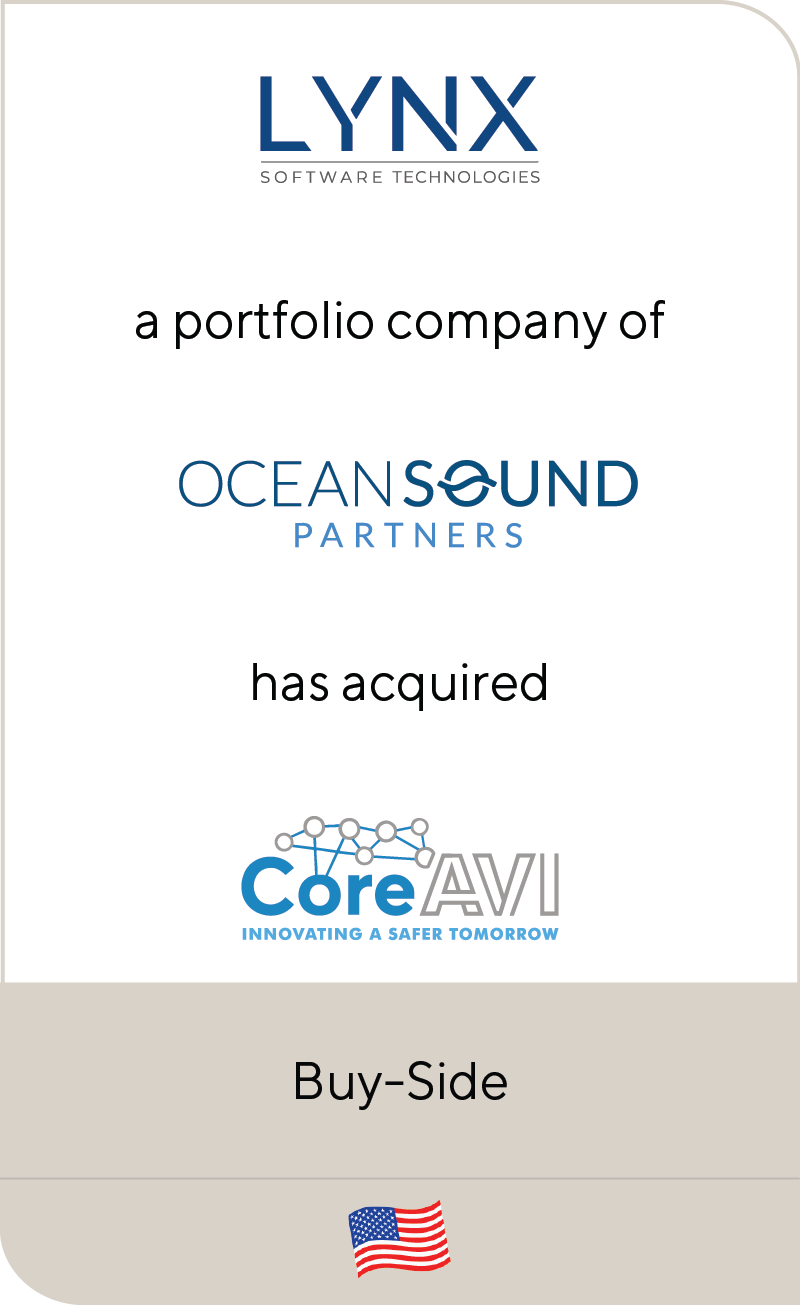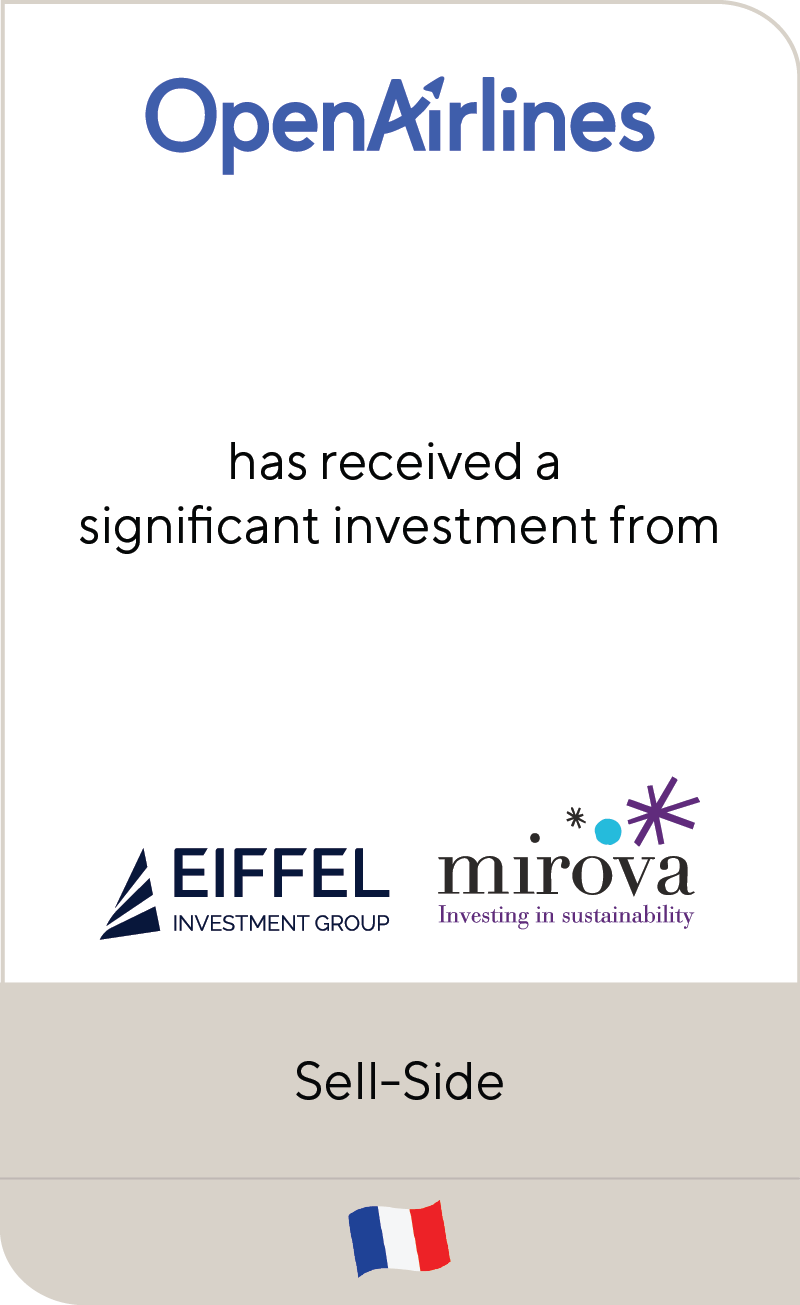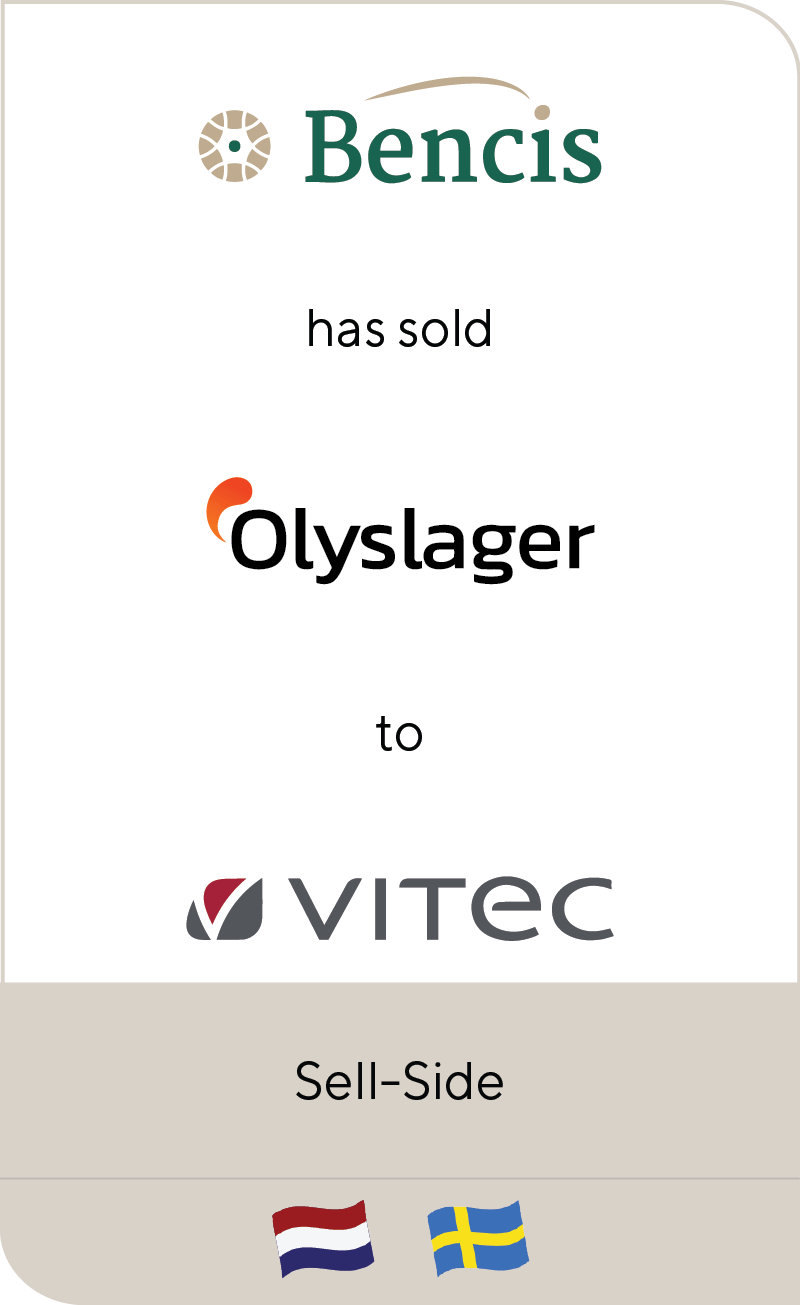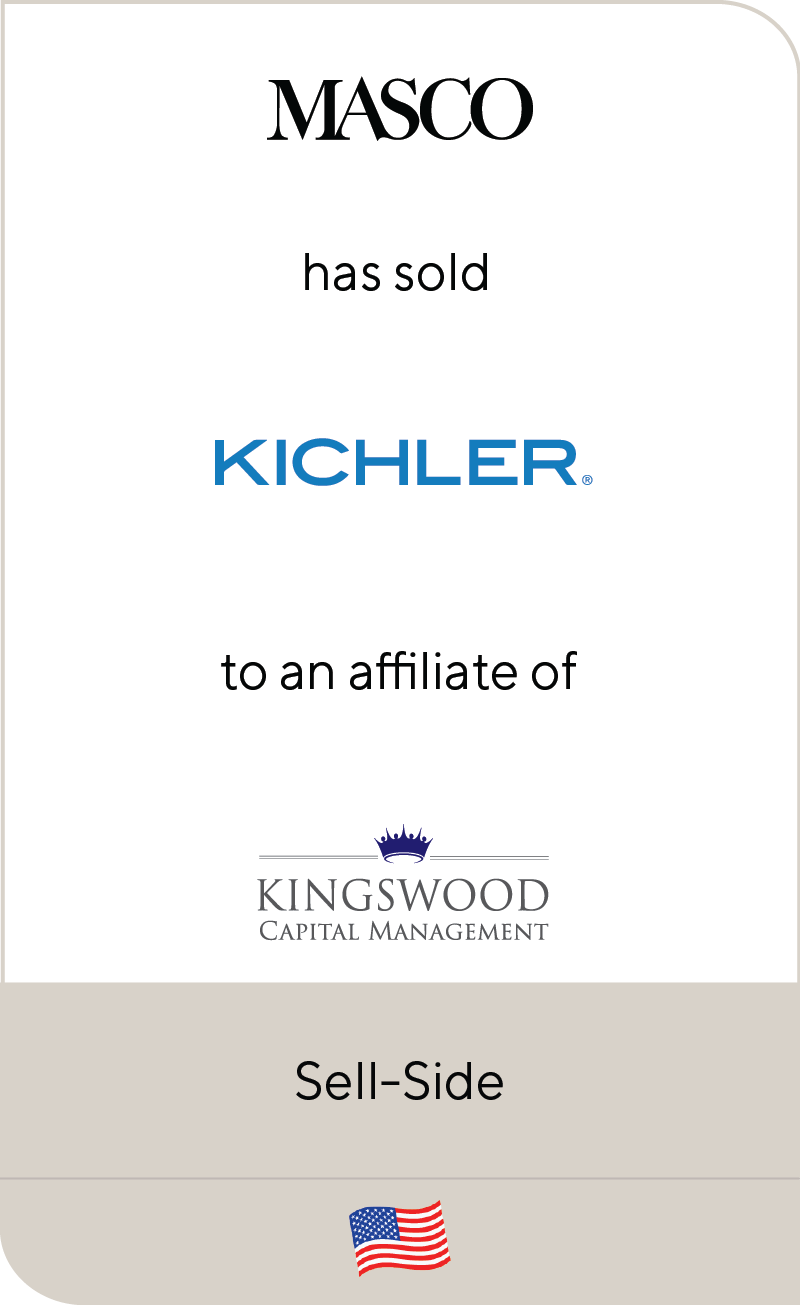Best Practices for Preparing a Corporate Carve Out
Dec 2023
| While macroeconomic challenges and rising interest rates correlate to a slowdown in mergers and acquisitions, corporate carve out transactions often see significant upticks during times of economic uncertainty as businesses look to offload non-core assets and strategic and financial investors seek opportunities at a lower price tag. |
Summary
-
Lincoln International outlines best practices for businesses to consider when pursuing a corporate carve out.
- Click here to download a printable version of this perspective.
- Sign up to receive Lincoln's perspectives
The overall M&A environment has been impacted by numerous dynamics, causing investors to be more selective in where they spend their efforts and more disciplined in valuation. Nevertheless, there are “green shoots” that portend a market rebound in the near term.
| Unlocking Value: Carve outs can enable a company to focus on its core business by divesting from non-core assets. It can lead to enhanced efficiency, increased profitability, improved growth prospects and a higher valuation for the remaining company.
Raising Capital: Carve outs can be a way to raise capital by selling a majority share in the business unit to outside investors. That capital can be used to fund growth initiatives or reduce debt. Improving Strategic Flexibility: A carve out can give a company more flexibility by allowing it to spin off or sell the subsidiary in the future. It can help a company build resilience, increase agility and adapt to changing market conditions. |
There are several best practices to keep in mind when an organization is considering a corporate carve out, including:
|
1 |
Define Strategic ObjectivesThe approach can vary depending on management’s key objectives in the transaction, and it’s critical to choose the optimal structure for the carve out. For example, the preparation process will differ depending on whether the goal is to focus on core business or fund significant new investments in growth initiatives. |
|
2 |
Assess Financial ImpactIt’s important to have a clear set of expectations for how the carve out would affect revenue, profitability, cash flow, debt levels, tax liability and other related aspects of the business. Continuing to give attention to non-core assets can also sap valuable time and resources from higher-priority offerings. It is vital to consider the most efficient strategy for the near term while proceeding quickly and seeking to maximize the value of the business unit being sold. |
|
3 |
Understand Valuation and PricingStrong assets will always be in demand, but, in most cases, prospective buyers understand that the business unit is being sold because it has been deemed strategically unfavorable for the organization, which can affect pricing. |
|
4 |
Examine Operational ImplicationsCarve outs and disentangling a business unit can have wide-ranging implications for human capital, information technology systems, internal processes and more, so it’s crucial to map any notable impacts and think through how to address them throughout the process. Financial information for the carved out business unit will likely need to be created because that unit did not historically report its financials separately, so it’s necessary to review materiality documentation, controls and other aspects. |
|
5 |
Evaluate Customer / Supplier RelationshipsCustomers and suppliers are key stakeholders, and it’s critical to think through how those partners may be impacted to avoid affecting the relationship negatively—both in terms of partners for the business unit being carved out and for the parent company. |
|
6 |
Consider Regulatory and Legal Compliance FactorsEach jurisdiction can have unique considerations and levels of scrutiny for regulatory and legal compliance, which could significantly impact the timing and outcome of the planned transaction. For example, some types of carve outs may have antitrust issues to consider for strategic investors. |
|
7 |
Determine Governance and LeadershipThe governance model should be in place on day one, so it’s important to determine leadership roles and responsibilities within both the parent company and the unit being carved out. One key aspect is whether management decides to execute the carve out prior to or during the sale. Carving out prior affords greater flexibility to resolve issues with the structure and without buyer input, but then the cost burden of the carve out falls on the seller. Carving out during the sale can enable the company to tailor the carve out structure for the buyer and potentially yield a higher valuation, but this tactic can also extend the negotiation process |
|
8 |
Review Financial StrategiesA strategic shift leading to a corporate carve-out has implications for the overall financial strategy of the seller. Depending on the specific circumstances of the transaction and the parties involved, thinking through financing is a pivotal step relative to the cost of capital, financing terms, weighing debt or equity financing and other related factors. |
|
9 |
Decide on Post-Carve Out SupportDepending on the structure and execution of the transaction, some level of post-carve out support may be necessary. The complex process of disentangling the business unit from other operations could require a Transition Services Agreement (TSA) to support the buyer post-transaction. |
|
10 |
Outline the Communications StrategyCommunication is critical to deliver clarity and gain buy-in, and it should be in place well in advance of when it’s needed. Decide on a strategy, messaging and timing for communication internally, with clients and vendors and for the broader external market. |
Lincoln PerspectiveCorporate carve outs involve significant complexity and can vary significantly from one transaction to the next. Considerations around structure, disentanglement, financials for the business unit, valuation, TSAs and more can all present unique challenges. Using an experienced third-party advisor can help find the right buyer at an appropriate price for the market and navigate complexities. While there is currently significant dry powder available in the market, private equity buyers may still be subject to leverage availability and constrained debt markets. Lincoln International has significant experience executing complex carve out transactions and can help your organization with carve out planning and execution. |
Contributor

I enjoy leading clients and realizing their objectives, while structuring solutions to issues that are both intriguing and challenging.
Øyvind Bjordal
Managing Director | Head of Switzerland
Zurich
Building long-term relationships is key for me personally – I want to be the advisor of trust for my clients.
Dr. Michael Drill
Managing Director | Head of Germany
Frankfurt
I strive to deliver value-added advice, leveraging deep industry knowledge and extensive industry relationships.
Guillaume Suizdak
Managing Director & Co-head of Industrials, Europe
ParisMeet Professionals with Complementary Expertise

I am a rigorous advocate for my clients with a hands-on, communicative approach, focused on delivering intense advocacy and outlier results.
Sean Bennis
Managing Director & Co-head of Industrials
Chicago
I am enthusiastic about creating sustainable growth and the highest value for our clients and strive to leave a positive footprint beyond any successful M&A transaction.
Friedrich Bieselt
Managing Director & Head of Business Services, Europe
Frankfurt
I enjoy leading clients and realizing their objectives, while structuring solutions to issues that are both intriguing and challenging.
Øyvind Bjordal
Managing Director | Head of Switzerland
Zurich


















